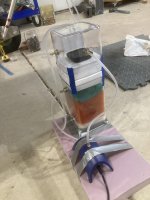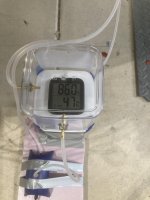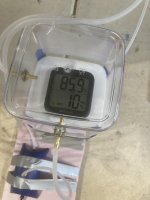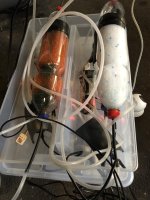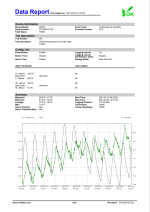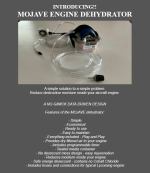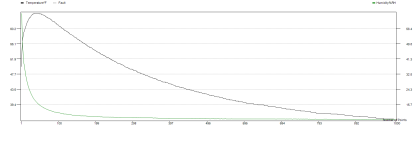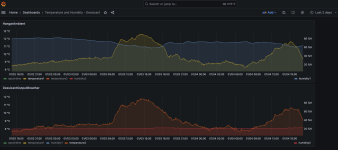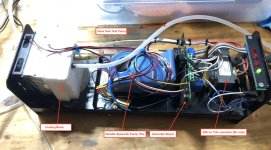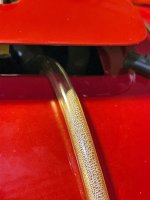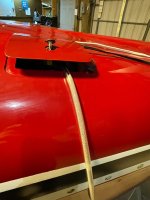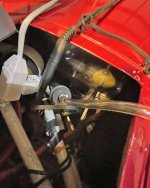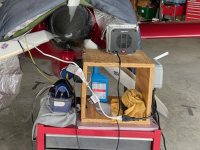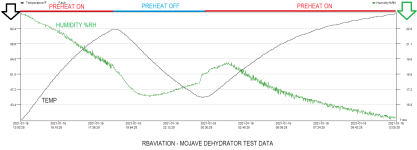I'd like to verify whether or not my Black Max dehumidifier is working properly to dry out my crankcase on my IOX Continental 360. I found this tool on Amazon and I was wondering if this might work by sticking the probe into the oil fill tube and taking a sample.
https://www.amazon.com/Protmex-Temp...&hvlocphy=&hvtargid=pla-4584138857623079&th=1
Is there possibly a better method for testing the humidity level in a crankcase?
Thanks
https://www.amazon.com/Protmex-Temp...&hvlocphy=&hvtargid=pla-4584138857623079&th=1
Is there possibly a better method for testing the humidity level in a crankcase?
Thanks



